Exterior wall cladding is an excellent option to consider when renovating or upgrading your existing building. There are multiple reasons to upgrade a building when the time comes for scheduled renovation. Often, the structure has suffered severe weathering and no longer has the appeal it once had. The building façade might have become dated since its original design was in vogue, or perhaps the building serves a completely different purpose to that which it was originally intended.
This is when an exterior wall cladding solution, becomes the option of choice to refresh and uplift the buildings overall appearance. There are, however, many options currently in the market that appear to offer a suitable system for this purpose. So how can we differentiate between all these cladding materials and systems, in order to make the right choice? Danpal had put a lot of thought into this question, during the development of the Danpal VRS cladding solution. The purpose behind the VRS cladding solution, was not just to create another aesthetically pleasing cladding option for the market. Rather, it was to introduce a new concept, where equal consideration is given to both the performance and aesthetic aspects of the intended cladding.
One of the more important variables which are often overlooked, is the impact of the added weight from the new exterior wall cladding that is to be fitted to the existing structure. Danpal recognized this concern as an opportunity to develop a system which, would alleviate the problem completely. The answer was to fully integrate our lightweight Danpalon multicell panel within the cladding system. This development created a solution that is incredibly strong, durable but also lightweight. How lightweight? Up to 10 x lighter than some of the other more common cladding materials used in the industry. From a structural engineering perspective, the Danpal VRS cladding solution can be rated as adding no additional weight to the building.
Traditionally, wall cladding options already used in the market, have primarily offered the building an aesthetic upgrade, but have done very little for thermal performance or protection against weather conditions. With the modern cityscape being subjected to pollution and a harsh micro-climate, the building’s exterior is challenged on a daily basis. The solution for this, is to install a fully weather-proof exterior wall cladding system, which is able to both protect and extend the lifespan of the building’s exterior. Danpal’s answer, is a system which delivers a dry mechanical seal against the elements and is also installed proud of the exterior walls, in doing so – creating an airgap.
Danpal VRS Cladding Solution
Our Danpal VRS cladding solution has been specifically designed to allow for the natural circulation of air, via an updraft effect created between the existing wall and our Danpalon panel cladding material. This free movement of air, along with the use of our multicell Danpalon panels, is a key element in thermally insulating the existing building. By this unique process, our VRS external wall cladding system, is able to assist in modulating the temperature of the structure. Ultimately by doing so, contributing to the reduction of the monthly running costs of any existing HVAC systems.
At Danpal, we also understand the need for building envelope systems to be eye-catching and visually appealing. Over the last 30 years of development, Danpal has introduced an extensive range of Danpalon microcell polycarbonate panels. Our Danpalon panels are offered in a range of colours and finishes, unmatched by any other wall cladding manufacturer. We have developed panels with a metallic finish, a completely opaque colour range and a translucent colour range with varying degrees of opacity. Our extensive selection of options allows for unprecedented lighting effects and a visual aesthetic completely unique to a Danpal solution. This all translates to a VRS cladding solution, with all the aesthetic elements necessary to take your upgrade to the next level.
Any exterior wall cladding system must offer quality guarantees in both its manufacturing and performance. Danpal is no exception, which is why you can rely on our ISO 9001 and 14001 accredited production facilities. We manufacture all our building envelope systems in-house, which allows for the strictest levels of quality control to be applied. During manufacturing, we hot stamp all or Danpalon panels with a unique serial number, allowing us to keep track on the performance of any panel used around the world. This helps ensure, that when you install Danpal VRS exterior wall cladding on your building, our international 10 year warranty has you covered.
What sets Danpal’s VRS solution apart from traditional cladding systems in the marketplace? We have pioneered a dry glazed weather-proof system, based on the tried and tested lightweight yet durable Danpalon microcell panel. Our cladding system is offered in a palate of colours and finishes unrivalled in the market, allowing for a completely unique result. The VRS solution provides a combination of stunning aesthetic value and outstanding performance, all backed by a trusted international warranty. This is why there are no other external wall cladding option that can keep up with our innovative VRS external wall cladding solution.

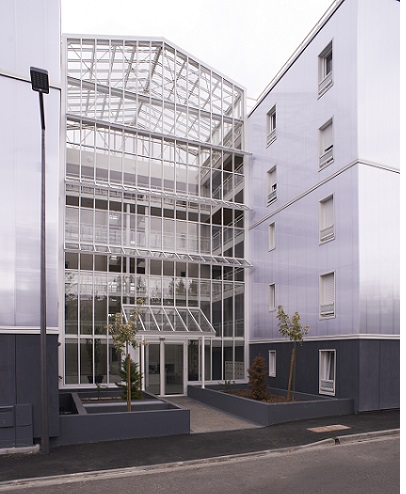 WEATHER: THE ANCIENT ENEMY; WALL CLADDING, THE MODERN SOLUTION
WEATHER: THE ANCIENT ENEMY; WALL CLADDING, THE MODERN SOLUTION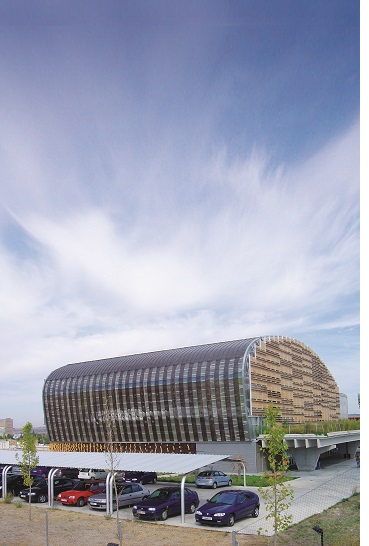 WHY POLYCARBONATE SHEETS ARE SUPERIOR TO OTHER BUILDING MATERIALS
WHY POLYCARBONATE SHEETS ARE SUPERIOR TO OTHER BUILDING MATERIALS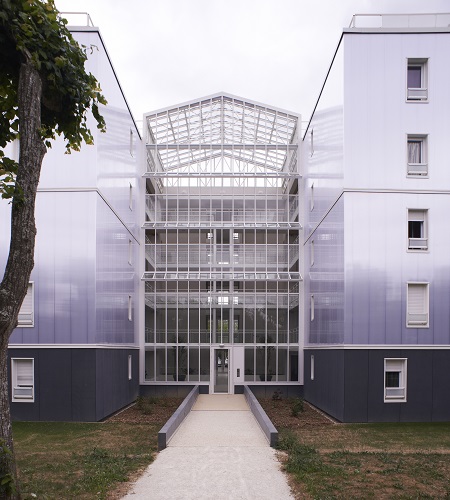 MICROCELL POLYCARBONATE SHEETS MAKE YOUR CLADDING STRONG
MICROCELL POLYCARBONATE SHEETS MAKE YOUR CLADDING STRONG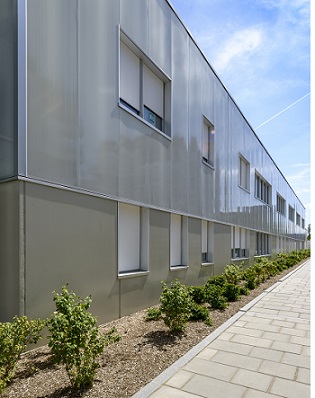
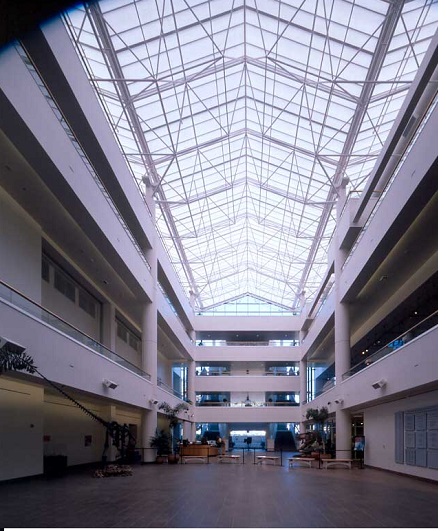
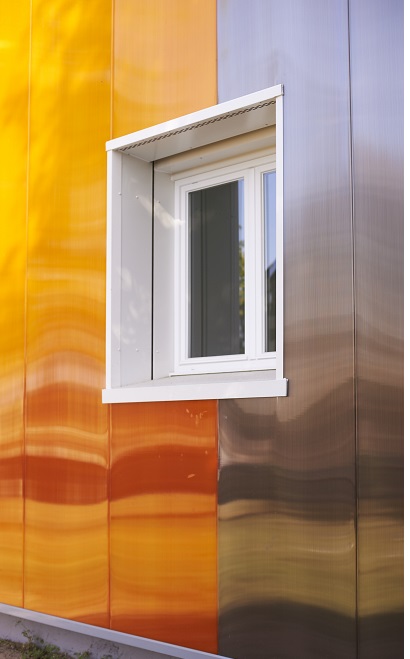
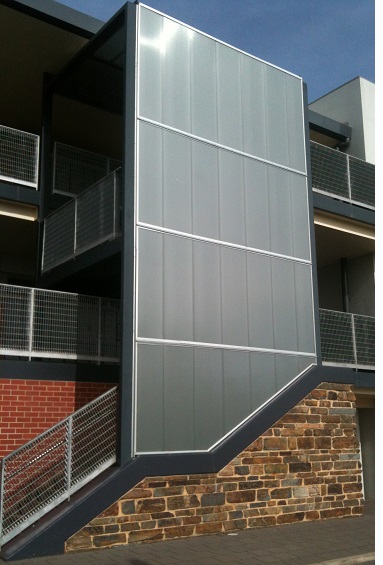 WORKING WITH POLYCARBONATE SHEETS
WORKING WITH POLYCARBONATE SHEETS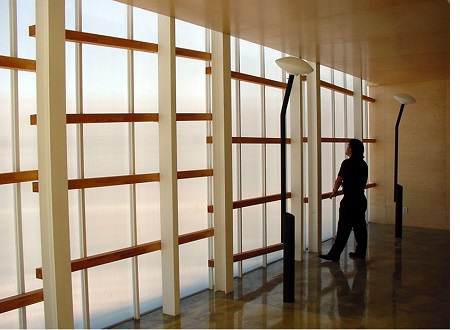 SELECTING GREEN BUILDING MATERIALS
SELECTING GREEN BUILDING MATERIALS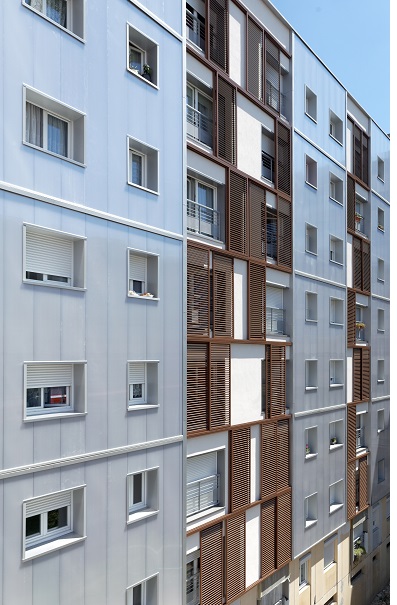 Why Does Insulation Have To Be Protected By Wall Cladding?
Why Does Insulation Have To Be Protected By Wall Cladding?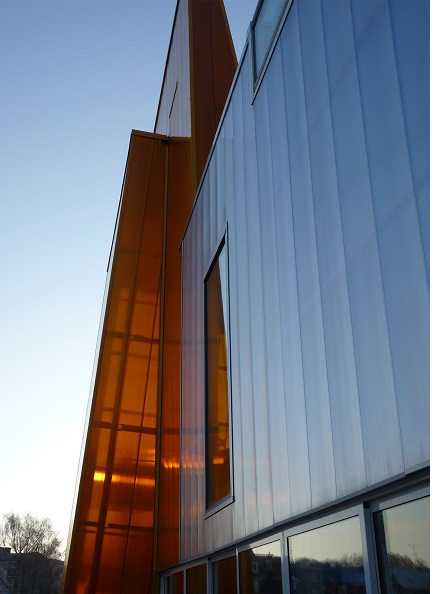 Polycarbonate Sheets Build For Today’s Market
Polycarbonate Sheets Build For Today’s Market